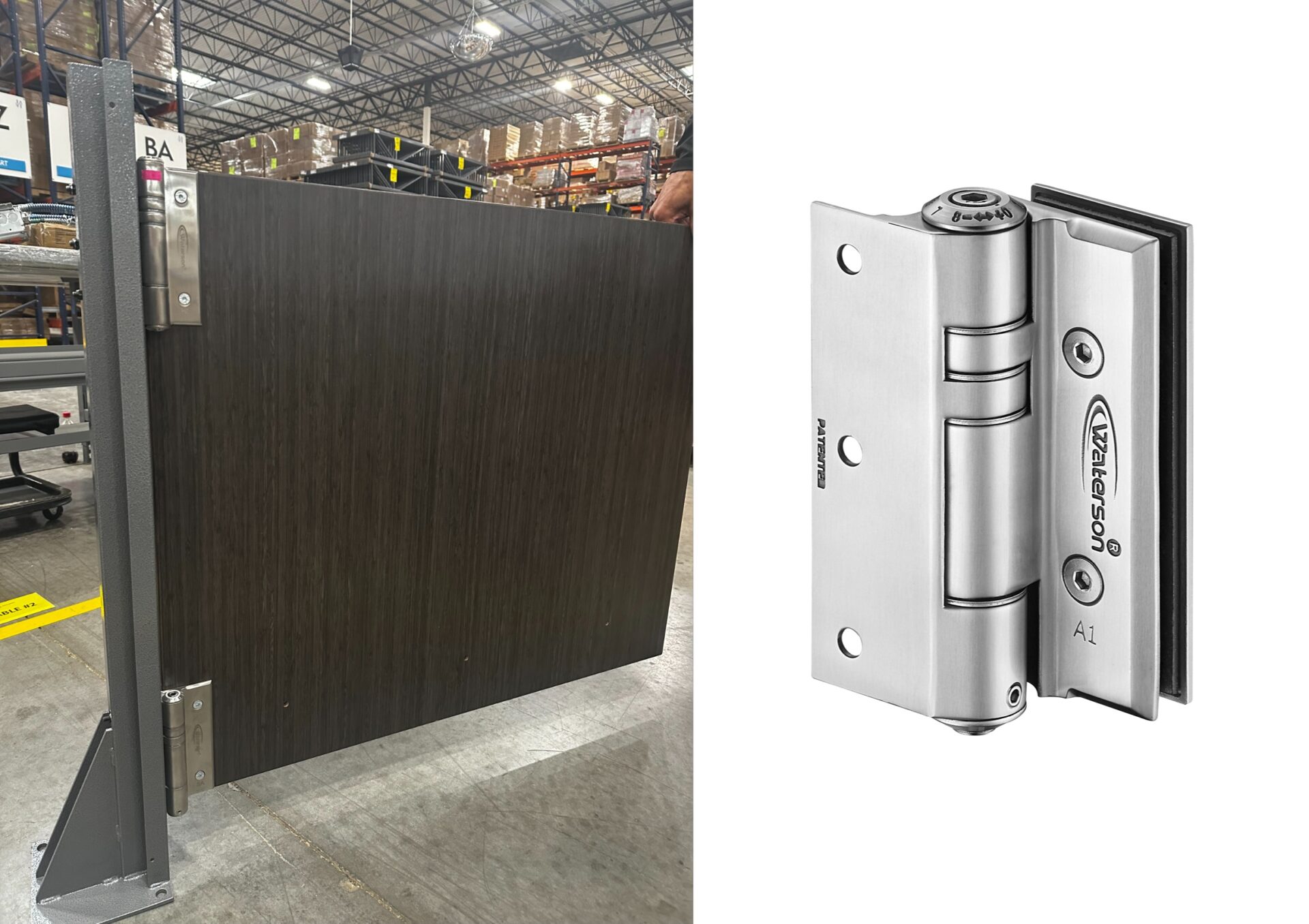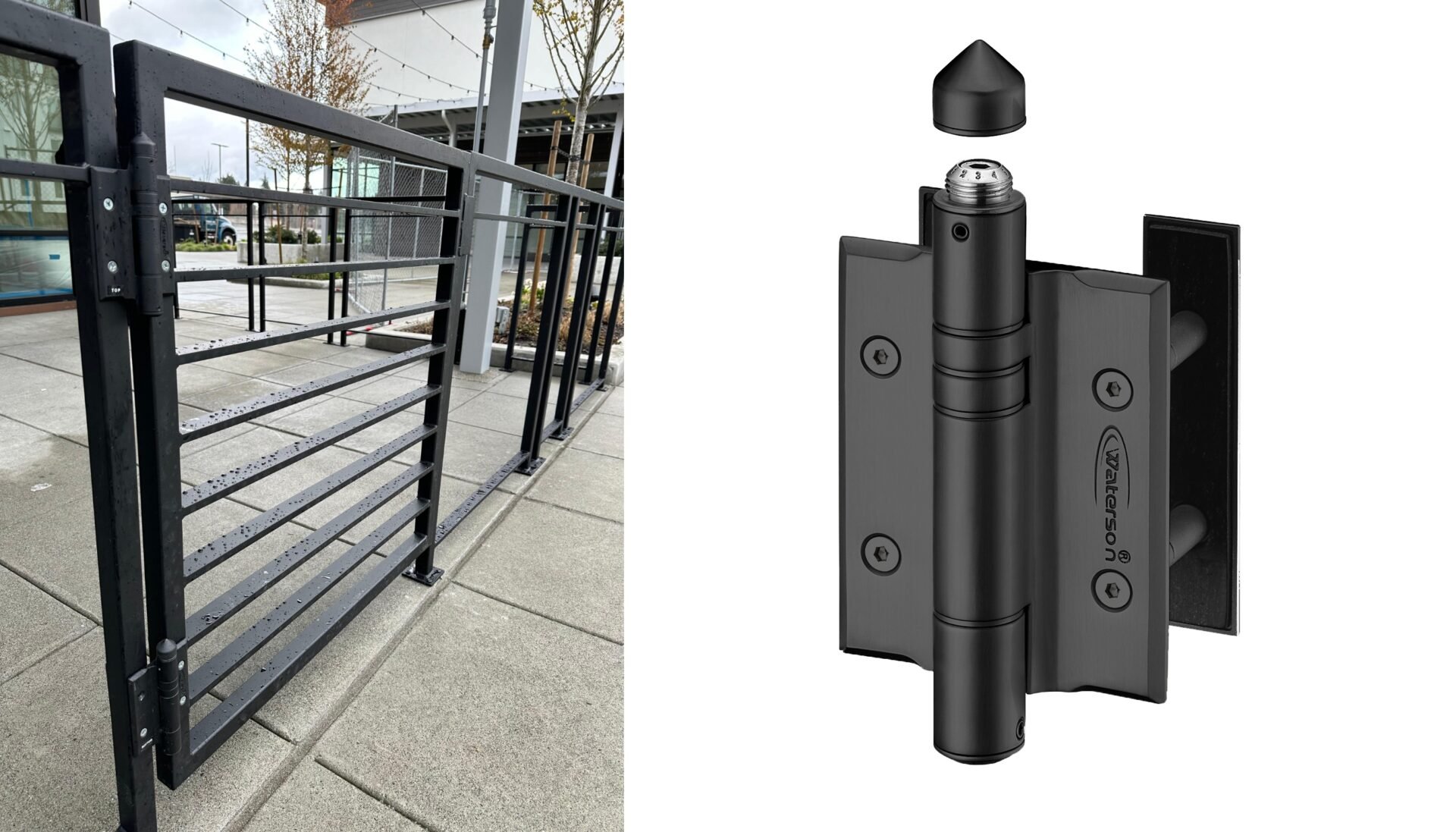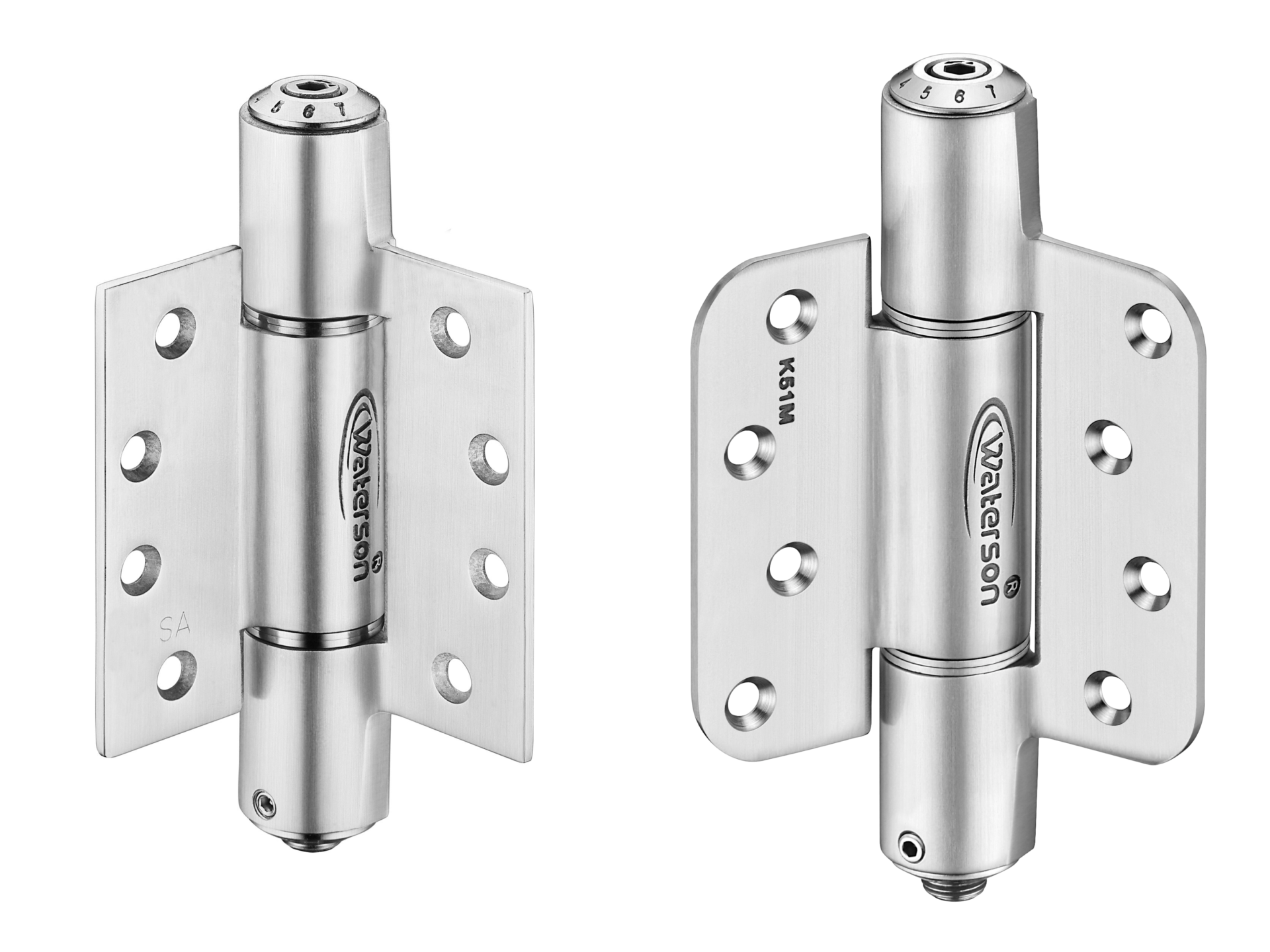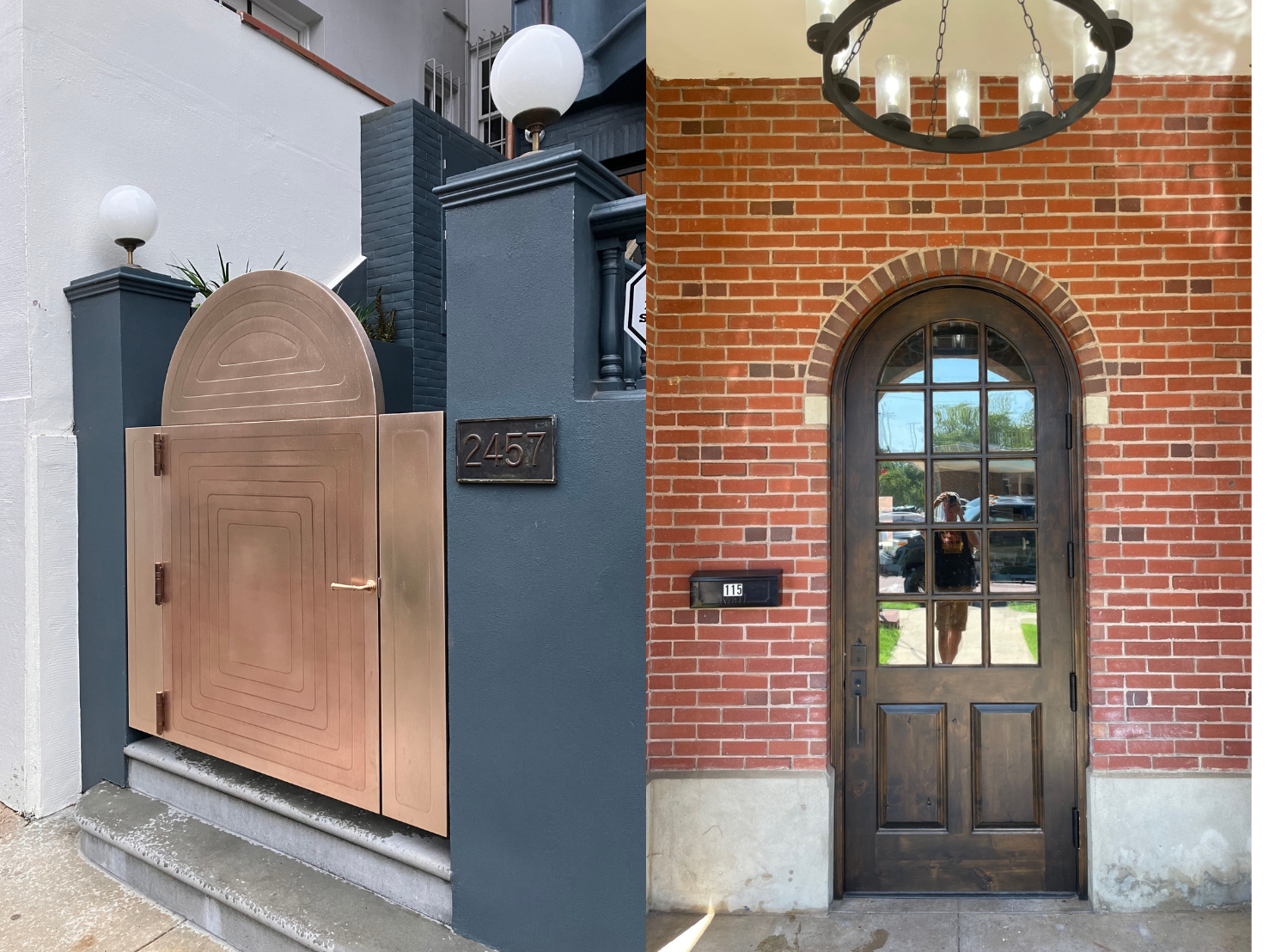Every gate hinge looks like a simple piece of metal—until you realize the wrong choice could mean sagging gates, code issues, or costly callbacks. That’s why professionals often ask:
“Should I specify a full surface hinge or a half surface hinge for this project?”
The answer isn’t always obvious, but once you understand how each type works—and where they shine—the choice becomes much clearer. Let’s break it downin this half surface hinges vs full surface hinges comparison.
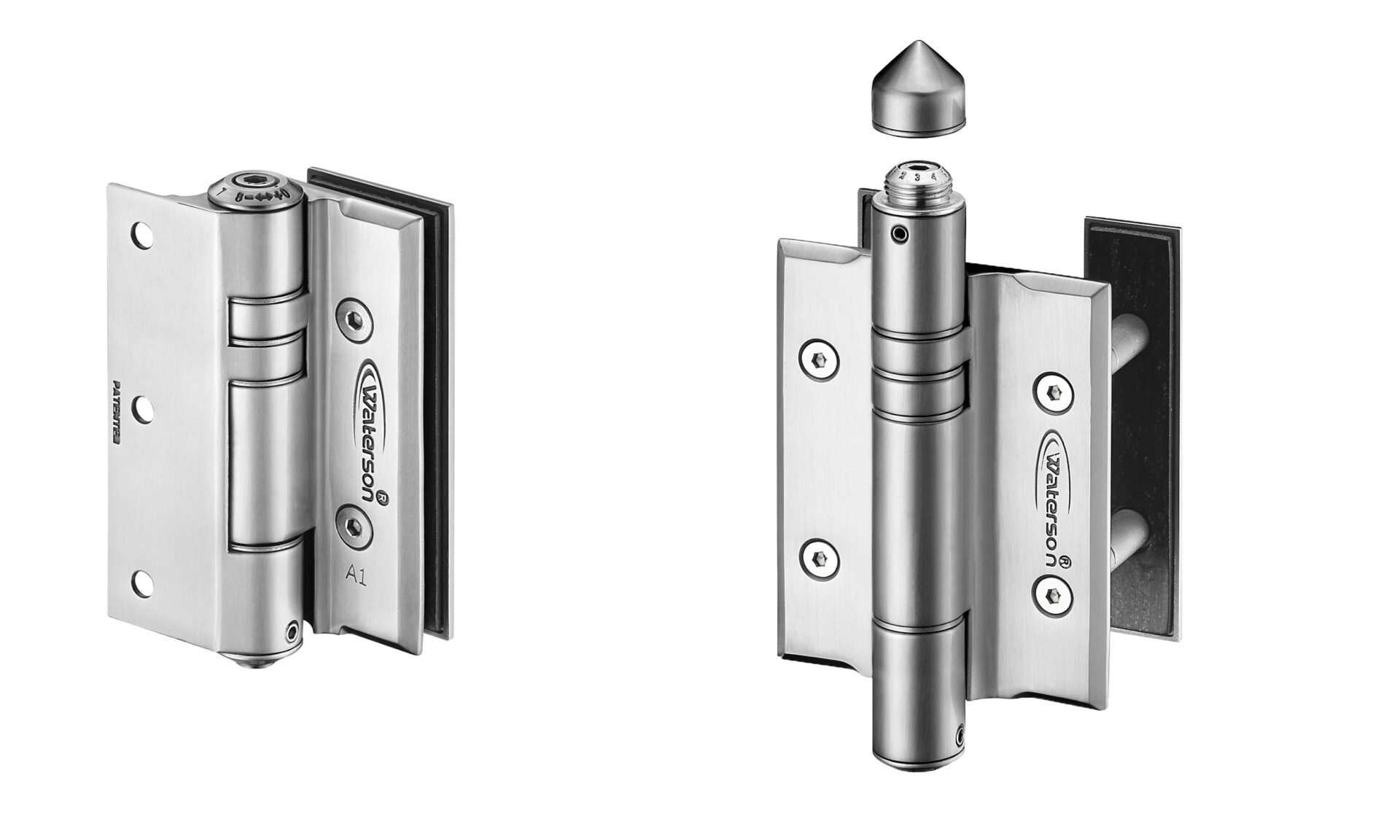
What Is a Half Surface Hinge
A half surface hinge is mounted with one leaf on the surface and the other mortised into the frame or gate. This hybrid approach creates a balance between strength and aesthetics.
- Common Uses: Half surface hinges are often chosen when a cleaner look is desired on one side while still retaining easy installation on the other.
- Advantages: They are commonly found in architectural projects where visual appearance matters but complete mortising is not practical.
What Is a Full Surface Hinge
A full surface hinge is mounted directly onto the surface of both the gate and the frame or post. This type of hinge avoids cutting or mortising, making it straightforward to install while providing strong alignment and support.
- Common Uses: Full surface hinges are preferred in retrofit projects, metal gate installations, and situations where ease of installation is critical.
- Advantages: Because no cutting is required, they save time, reduce labor, and are particularly effective on heavy gates in high-traffic environments.
Half Surface Hinges vs Full Surface Hinges: Which One Fits Your Project
Choosing between full surface and half surface hinges depends on your project needs. Here’s a side-by-side breakdown:
| Feature | Half Surface Hinges | Full Surface Hinges |
|---|---|---|
| Installation | One leaf mortised, one surface-mounted | Mounted directly on both surfaces, no mortising |
| Appearance | Cleaner look on one side, partially concealed | Visible hardware on both sides |
| Durability | Reliable for moderate loads and interior applications | High load capacity; suited for heavy-duty and exterior |
| Maintenance | Mortised leaf may require extra servicing | Easier inspection and replacement |
| Compliance | Less common in ADA or fire-rated specs | Widely available with ADA and ANSI/BHMA certifications |
| Warranty | Typically shorter (1–3 years, varies by manufacturer) | Longer (5–10 years, depending on grade) |
| Best Use Cases | Wooden gates, architectural projects | Metal, welded, pool, commercial, ADA gates |
To sum up, gates where aesthetics on one side are important, such as wooden or architectural designs, can be fitted with half surface hinges to balance function with appearance.
On the other hand, if your project involves heavy gates, outdoor environments, or requires fast and reliable installation, full surface hinges are the better choice for their strength, durability, and efficiency.
When Heavy Duty Self Closing Enhances Both Types
Waterson manufactures both half surface and full surface stainless steel self closing gate hinges, giving professionals flexibility without compromise. These hinges combine heavy-duty stainless steel construction with adjustable self-closing control, ensuring compliance and long-term performance.
Key features include:
- Stainless Steel: SS304 & SS316 standard; optional marine-grade SS316 for coastal projects
- Self Closing: Automatic gate closing without external devices.
- Corrosion Resistance: Weather caps and sealed components tested in 3-year field trials
- Tension Adjustment: Equipped with a numerical panel for accurate spring tension control, allowing fine-tuned closing speed and force.
- ADA Compliance: Operates with <5 lbs opening force
- Cycle Performance: ANSI/BHMA Grade 1, tested to 1,000,000 cycles
- Load Capacity: Supports up to 260 lbs with three hinges
- Warranty: Up to 5 years, with traceable quality control
- Finishes: Satin Brushed, Flat Black, Dark Satin Bronze, Satin Brass, Satin Bronze, White, and custom options
- Compatibility: Fits 2″, 3″, and 4″ steel square posts with extenders available
- Maintenance-Free: No lubrication or frequent adjustment required
Waterson Heavy Duty Stainless Steel Self Closing Gate Hinges
Waterson heavy duty gate hinges combine the function of an overhead closer and a hinge into a single, sleek component—complete with optional hold-open and door-stop features. Designed for commercial openings, gates, and glass doors, these hinges are easy to install and adjust to meet ADA and ICC A117.1 standards for opening force, while ensuring quiet and secure closure. Crafted from durable stainless steel, they are NFPA 80 compliant, UL 3-hour fire-rated, and built to perform reliably in both interior and all-weather exterior environments. See all our features.
In addition to these performance advantages, Waterson offers flexible customization services. As a direct custom hinge manufacturer, we can tailor hinge sizes, finishes, and especially hinge leaf designs to meet the specific structural needs of your doors. This makes our hinges an ideal solution for door manufacturers seeking custom options that integrate seamlessly with their existing frames.
Request For Information
Please note that Waterson Closer Hinges start from a size of 4″x4″. If you’re in need of smaller self-closing hinges, we’d recommend checking out some other resources! Also, we only provide single acting closer hinges. Thank you.
Recent Post
Best ADA Gate Closer in California: Key Features for Long Term Use
A sagging outdoor gate, a pool enclosure that won’t close cleanly, or a coastal project where the closer failed after one season—these are not installation [...]
1/4 vs 5/8 Radius Hinge: Which One for Your Door?
Have you ever ordered a door hinge only to find the rounded corner doesn’t match your door? Surprisingly, hinge radius is often the difference between [...]
Right Hinge vs Left Hinge: How to Identify Door Handing
It sounds simple, but right hinge vs left hinge is one of the most common causes of installation delays, incorrect orders, and return requests. And [...]

